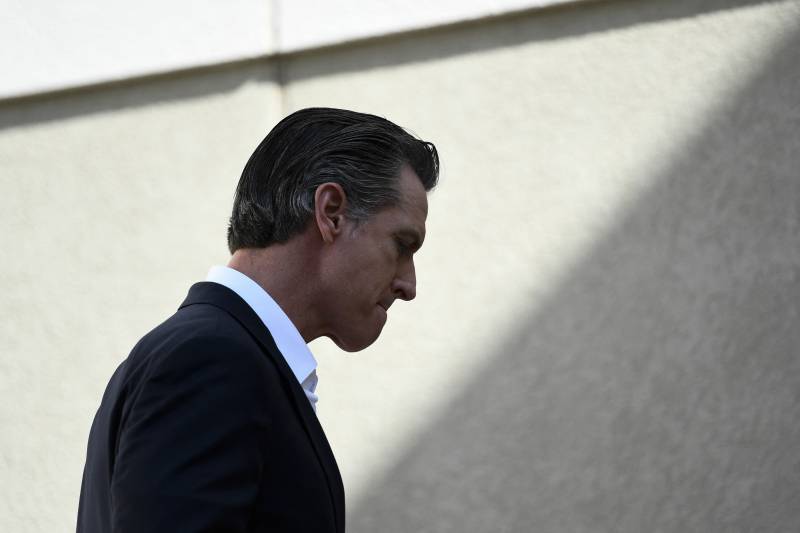“Today is about turning a page, moving from this crisis mentality, moving from a reactive framework to a framework where we are more sentinel,” he said “[We are] moving away from a reactive mindset and a crisis mindset to living with this virus.”
The state issued a 30-page plan laying out what that means. Dubbed the SMARTER Plan — for Shots, Masking, Awareness, Readiness, Testing, Education and Rx (for therapeutic treatment) — officials say it will ensure that the state is ready to respond to changing scenarios.
It includes:
- The capacity to administer at least 200,000 vaccines per day on top of existing pharmacy and provider infrastructure.
- Maintaining a stockpile of 75 million high-quality masks.
- Maintaining capability to promote vaccination, masking and other mitigation measures in all 58 counties, including by partnering with at least 150 community-based organizations.
- Maintaining wastewater surveillance and enhancing respiratory surveillance in the health care system, while continuing to sequence at least 10% of positive COVID-19 test specimens.
- Maintaining the ability to add 3,000 clinical staff within two to three weeks of need and across various health care facility types.
- Maintaining commercial and local public health capacity statewide to perform at least 500,000 tests per day.
- Expanding school-based vaccination sites by 25% to increase vaccination rates as eligibility expands and vaccination requirements are enacted.
- Make clinically effective therapeutics available.
Most of what Newsom laid out won’t change the day-to-day reality for Californians, who still face varying local mandates depending on their city and county. The state has already lifted most of its restrictions — including the indoor mask mandate, which expired earlier this week. The school mask mandate will be revisited at the end of February, officials announced Monday.
Newsom said the state continues to let science and data lead its decision-making, and argued that his strategy has worked — he noted that California has experienced a far lower death rate than much of the nation throughout this pandemic.


